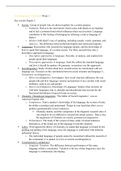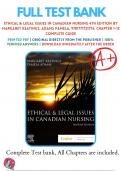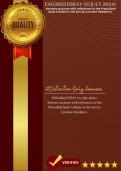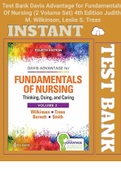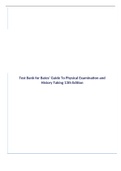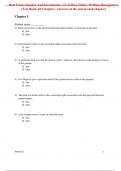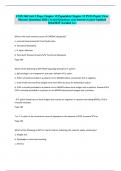Samenvatting
Summary For course Sociolinguistics (518V7SLY) --> An Introduction to Sociolinguistics', 7th Edition' (Wardhaugh, Ronald, and Janet M. Fuller). Ch. 1-14.
- Instelling
- Universiteit Leiden (UL)
Summary An Introduction to Sociolinguistics 7th Edition by Wardhaugh, Ronald, and Janet M. Fuller. Sociolinguistics (518V7SLY)
[Meer zien]
